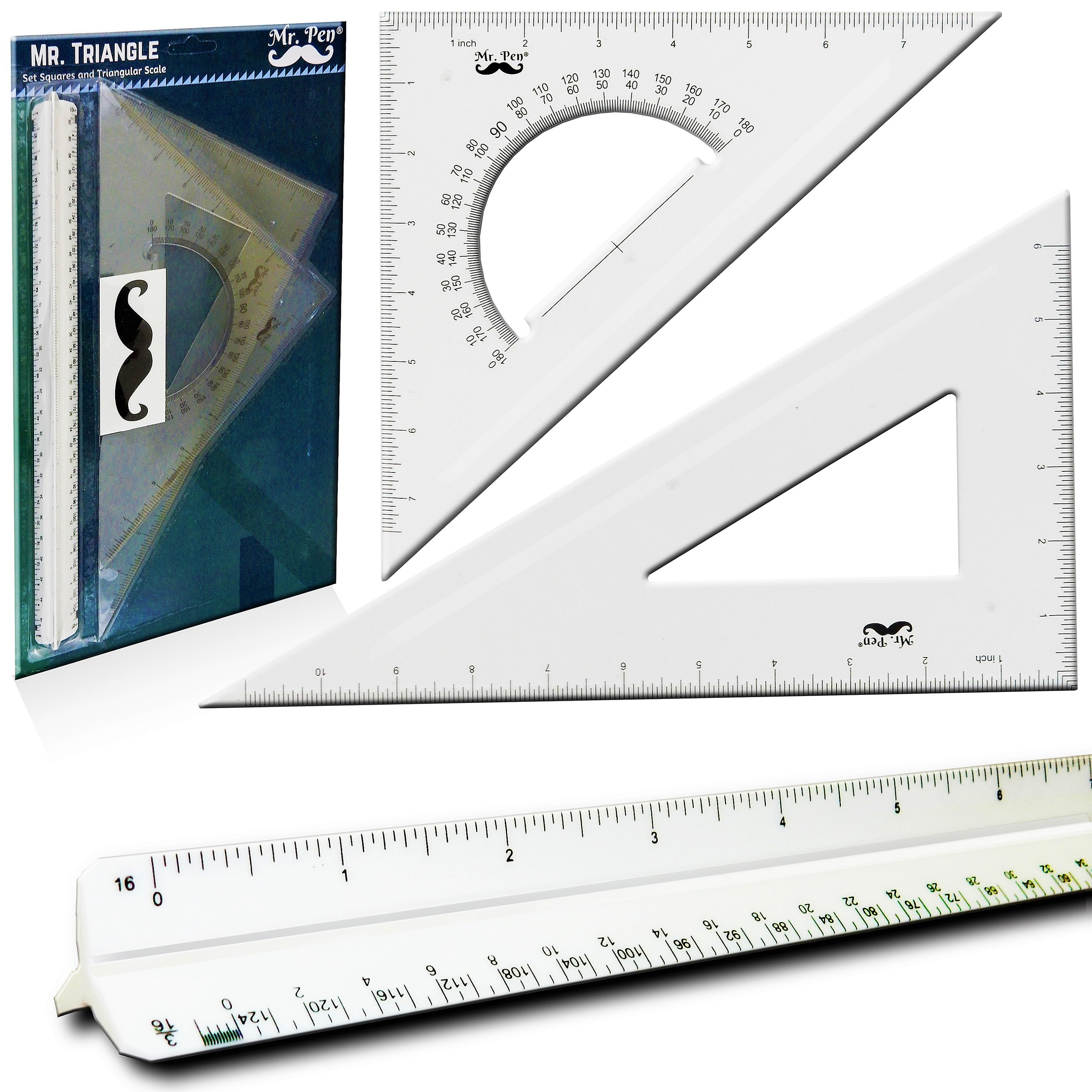

At a larger scale, half an inch to one foot (1:24) or the nearest common metric equivalent 1 to 20, the layers of different materials that make up the wall construction are shown. On the scale of one-eighth of an inch to one foot (1:96) or the metric equivalent of 1 to 100, walls are typically shown as simple outlines corresponding to the overall thickness. The scale is chosen both to ensure the whole building will fit on the chosen sheet size and to show the required amount of detail. Īrchitectural drawings are drawn to scale so that relative sizes are correctly represented.

Sizes are determined by a consistent paper size system, according to local usage. The drafting process may impose limitations on the size that is realistically workable. The size of drawings reflects the materials available and the size that is convenient to transport – rolled up or folded, laid out on a table, or pinned up on a wall. Main articles: Paper size, Engineer's scale, Architect's scale, and Metric scale Today the vast majority of drawings are created using CAD software.
#ARCHITECT RULERS MANUAL#
The development of the computer had a major impact on the methods used to design and create technical drawings, making manual drawing almost obsolete, and opening up new possibilities of form using organic shapes and complex geometry. The twentieth century saw a shift to drawing on tracing paper so that mechanical copies could be run off efficiently. Historically, drawings were made in ink on paper or similar material, and any copies required had to be laboriously made by hand. Architectural drawings are used by architects and others for a number of purposes: to develop a design idea into a coherent proposal, to communicate ideas and concepts, to convince clients of the merits of a design, to assist a building contractor to construct it based on design intent, as a record of the design and planned development, or to make a record of a building that already exists.Īrchitectural drawings are made according to a set of conventions, which include particular views ( floor plan, section etc.), sheet sizes, units of measurement and scales, annotation and cross referencing. 18th-century axonometric plan, Port-Royal-des-ChampsĪn architectural drawing or architect's drawing is a technical drawing of a building (or building project) that falls within the definition of architecture.


 0 kommentar(er)
0 kommentar(er)
